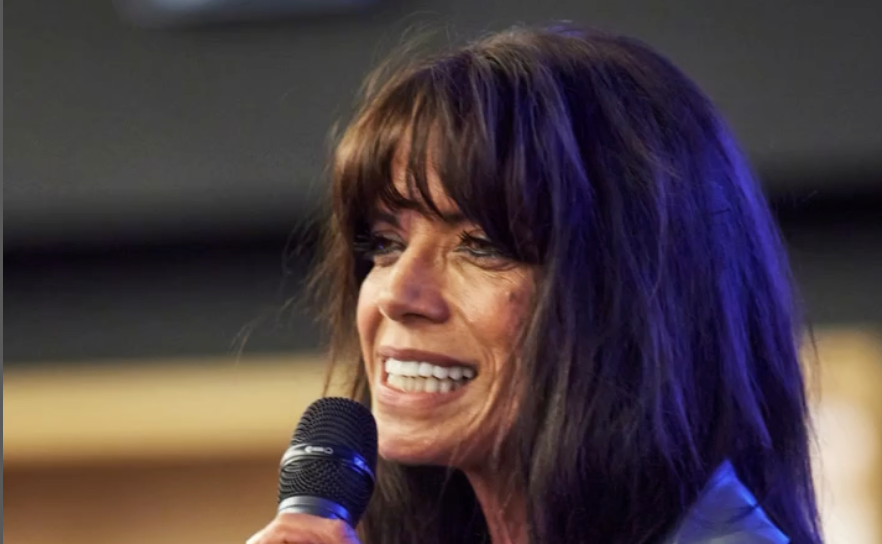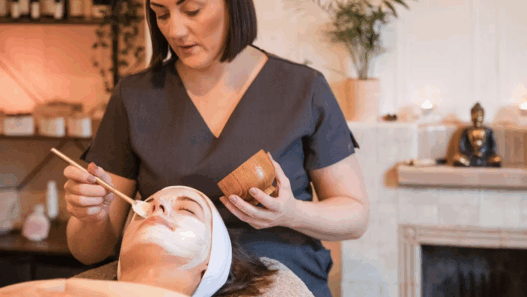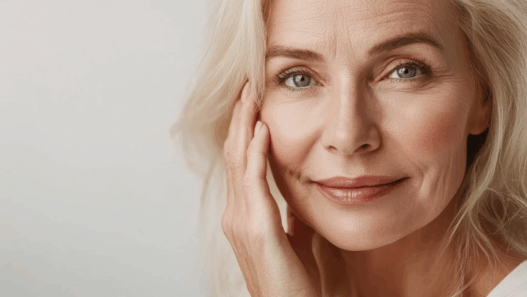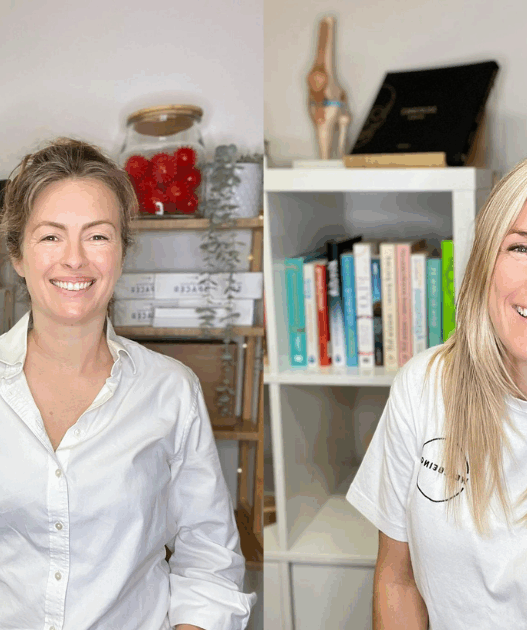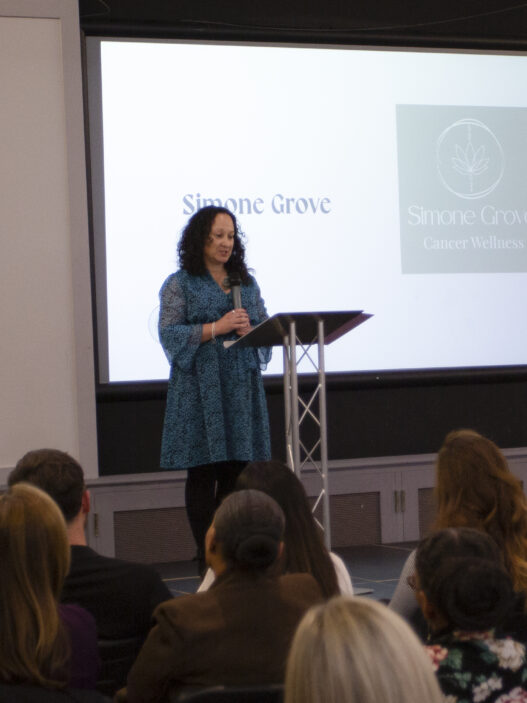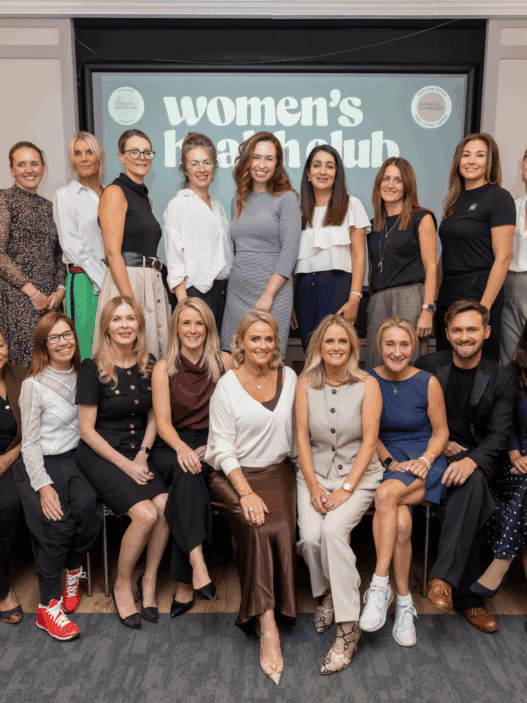My name is Lisa Tomlinson, and I am constantly curious (there, I’ve said it). I love yoga, outdoor swimming, my garden, my family, my mates, my strategy business Think.Shape.Do Ltd, and my life.
I’ve known Abi and Jo for years, we all worked together in a mahoosive advertising agency. Abi’s asked me to write about stuff we both think is useful to this fab, burgeoning female community. So, I made a mind map. (More on mind maps another time.)
When I looked at my mind map, all the things I could reasonably write about, it struck me just how eclectic it was: from outdoor swimming to language acquisition in cats (yes, you read that right). I let my mind wander and defocused (a technique I use often), and it came to me the diverse mix of topics was born from my curiosity… and that got me curious. (See what I did there?)
What is curiosity, anyway?
“Curious” is a curious word, don’t say it or write it too often or you’ll go bonkers. But the double meaning is worth noting:
-
You can be curious (adjective): interested and inquisitive about the world around you. That’s going to be the focus of this column.
-
You can also be a curious thing (noun): you can excite interest in others. You can look curious. You can have curious opinions. (Let’s bloody hope so.)
And then I thought ‘BOOM’ curious is perfect. Because the best women I know are curious about the world and curious to the world.
Pamela Anderson. Dame Judi Dench. Bonnie Blue. Greta Thunberg. Dolly Parton. Mind-blowing list, isn’t it?
But what about that “anti-ageing superpower” bit?
I believe curiosity keeps you young. It gives you a broader perspective. It pulls your attention outward, not just inward. It stimulates your brain. It can make you feel physically energised. It might even be the reason you get out of bed in the morning.
Curiosity might also make us more tolerant and kinder and the world needs more of that right now.
Let’s talk science (but not too much)
I’m no scientist, but these guys are.
Those clever boffins tell us curiosity is a powerful driver of cognitive engagement (aka: thinking hard). When we work the brain, just like any muscle, it gets stronger and more plastic. Seeking out new experiences and ideas lays down loads of lovely new neural pathways, resulting in a bigger, more complex brain. (Yes please.)
It also makes you more sociable: interested in others = others interested in you.
Even better, curiosity builds resilience. You become more flexible, adaptive, emotionally positive. A 10-year longitudinal study published in 2022 even found that people who increased their curiosity reduced their symptoms of anxiety and depression.
And it doesn’t stop at brain power. Curious people are often more physically active too. Trying new hobbies, joining clubs, walking new routes, this all adds up to improved physical wellbeing. And for older adults (which, let’s face it, is either us now or the future us), curiosity is linked to longer-lasting independence.
Cats that lie? Yes, really.
OK, you’ve got this far, so here’s the bit about how cats (and dogs) learn to speak.
If you want the full version, listen to The Allusionist podcast it’s all about how language works and why it matters. Start here:
🔗 Lexicat Part 1
🔗 Lexicat Part 2 – now with added dog
Here’s the précis:
Give a cat a board with buttons and symbols. Record your voice saying a word, like cow or pillow and point to the image as you say it. Eventually, they associate the word with the button. When you say cow, they press the cow button.
Smart, right?
But it gets even more fascinating. The research went beyond nouns to include emotions like sadness and joy.
My favourite moment? A cat used its board to say: upstairs, sad, cuddle. The researcher assumed the cat meant “I’m sad, let’s go upstairs for a cuddle.” So she went upstairs and waited.
No cat.
Turns out the little rascal was downstairs nicking cheese off the counter.
Curious, eh?
A little exercise (and a question for you)
Here’s a curiosity challenge for the week:
💬 What makes you curious to others and what are you most curious about right now?
See how it makes you feel. Maybe even how it makes you look.
Next time, I’ll share more weird and wonderful things that have sparked my curiosity.
Until next time, stay curious.
Lisa x
Resources & References
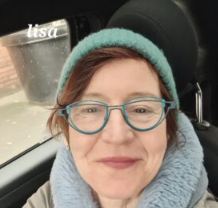
Lisa Tomlinson
Founder – Think.Shape.Do
Lisa joins us as a regular contributor so keep checking back for more.
